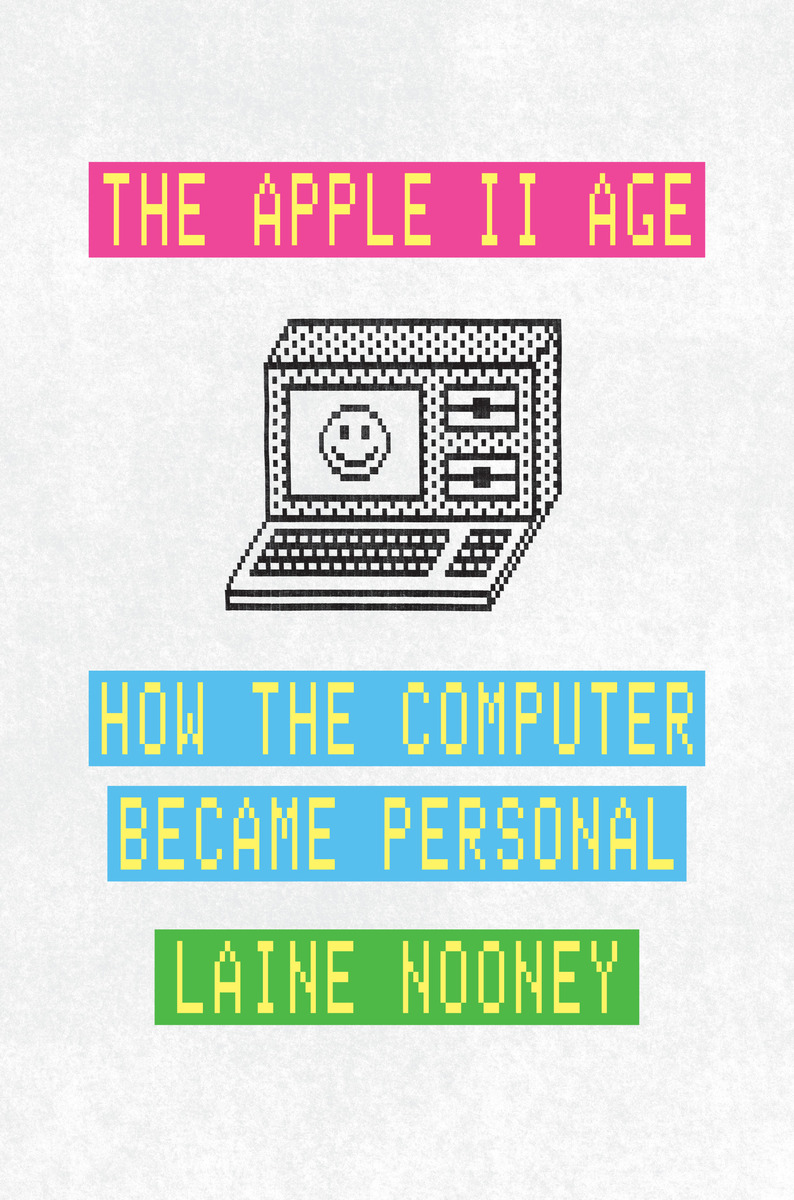As Laine Nooney, a professor of media and information industries at New York University, writes in their recent book “The Apple II Age: How the Computer Became Personal” (University of Chicago Press), VisiCalc kicked off the process of “ ‘computerizing’ business.” By now, of course, everything else has been computerized as well. Computers today are not just personal devices but intimate appendages, almost extensions of our own bodies and brains. We use our smartphones in practically every aspect of life: working, socializing, dating, shopping, reading. Nooney’s book tracks the pivotal years of the shift toward personal computing, epitomized by the Apple II and sped along by consumer software—not just VisiCalc’s spreadsheets but adventure games and greeting-card-design tools—that made the computer a useful and convenient partner in daily life outside of the office, too.
Before there was the personal computer (which gave us the shorthand PC) the term of art for a domestic computing machine was “microcomputer.” The Altair 8800, which débuted, in 1975, was the first “microcomputer kit” to sell more than a few hundred units, according to Nooney. Made by a New Mexico company called MITS, which also sold kits for building rockets and calculators, the Altair emerged from a decentralized community of American computer hobbyists who were accustomed to building their own machines out of components from radios and televisions. “The Altair did not invent the idea of a computer one could personally own. Rather, it tapped into an ambient desire for ownership and individualized use,” Nooney writes. The goal was “to create a technological world fashioned to one’s own desires.” Steve Wozniak and Steve Jobs, the co-founders of Apple, created the next wave of popular microcomputers with their first Apple computer, in 1976, and then the Apple II, in 1977. The latter was the company’s first commercial breakthrough; it went on to sell more than five million units. Wozniak’s technical innovations, such as designing circuits that were able to display different colors on a monitor, were matched by Jobs’s talent for creating a salable consumer product. He insisted that the Apple II be housed in a plastic casing, making it more elegant and approachable than hobbyists’ severe industrial boxes.
